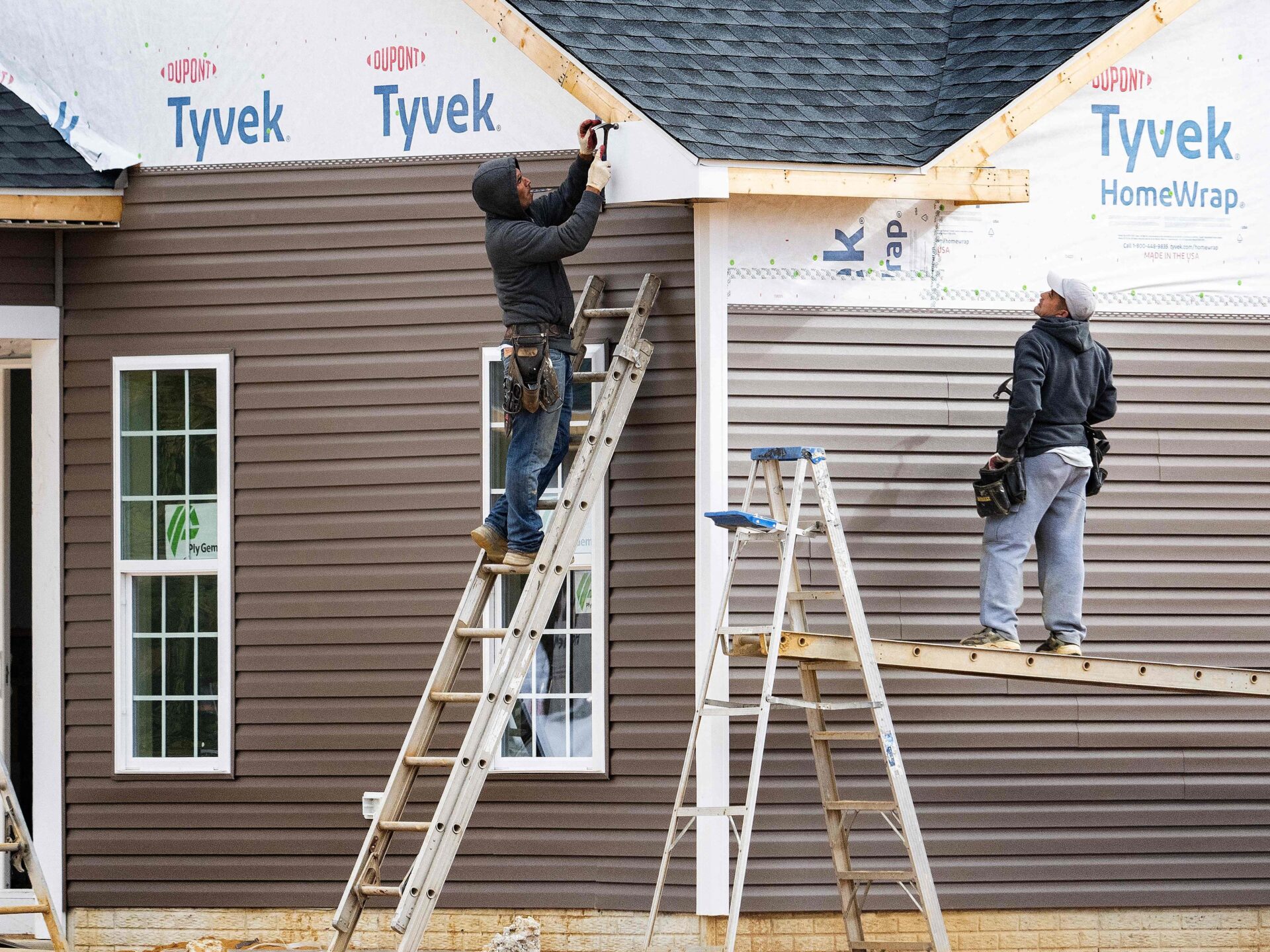There were more than 580,000 people experiencing homelessness in the United States in 2020. That estimate exists because each year, the federal government requires all states, including West Virginia, to count the number of people experiencing homelessness on a single night.
The night of January 26 was one of the coldest of the year so far at just 16 degrees. In Morgantown, volunteers met around 9 p.m. outside the Morgantown Public Library to conduct the annual Point in Time Count, a survey of all homeless and unhouse people in the country.
Annie McVay describes who exactly she’s looking for.
“Homeless… meaning they have like nowhere else to go, they can’t safely couch hop, they wouldn’t be able to just crash with a friend for the night. Like they’ve literally nowhere else to go other than the street,” she said.
McVay is a case manager with Bartlett Housing Solutions, a nonprofit that strives to provide permanent housing, as well as emergency shelter, in Morgantown.
Volunteers broke up into three teams, each covering a section of downtown Morgantown from Sunnyside to South High Street.
To provide the Department of Housing and Urban Development with an accurate count of people experiencing homelessness, volunteers conduct short surveys. They collect demographic information, such as race and gender, names, ages, and most importantly where the person plans to sleep that night.
The data directly influences the funding organizations like Bartlett House receive.
West Virginia’s counts have been trending down from a high of about 2,400 unhoused individuals in 2012 to 1,300 in 2020. Due to the COVID-19 pandemic, a normal count aided by volunteers was not carried out in 2021, so this year’s count will provide better numbers.
However, single-digit temperatures made the already difficult task of finding people that often don’t want to be found that much harder. McVay saw nobody.
“I think I was a little surprised by how many people I didn’t see. I thought I would definitely see at least one person out. And I mean, I went under the bridges. We went under the bridges and didn’t see anyone there,” McVay said.
“So that was pretty surprising because in the summers when I’ve gone out, they are packed full. In the winter, obviously people are going to try to get inside as much as they can. But I did not realize that many people will be getting in and out of the cold.”
Housing advocates say winter is not the best time to count. They end up finding fewer people and that results in an under-allocation of resources.
“It’s a national count and so we have the same date as California does as Arkansas does. And that’s not something that we control, that’s not something that is really, honestly beneficial for us in this state,” said West Virginia Coalition to End Homelessness Community Relations Director Ellie Johnson.
The West Virginia Coalition to End Homelessness organizes the count in 44 of West Virginia’s 55 counties, covering most of the state except the areas around Charleston, Huntington, and Wheeling.
Johnson says a winter count does take a snapshot of those who are chronically homeless, but it doesn’t accurately count those who go back and forth between secure housing.
“We all have that southern hospitality in certain parts of the state, right? So someone’s gonna say ‘It’s cold outside, Jimmy. Come in, you can sleep on my couch,’ you know, for this night. But if you’re over the age of 24, sleeping on someone’s couch doesn’t make you eligible as homeless according to HUD standards. So it really does take away our ability to really count them as homeless for that night,” Johnson said.
The pandemic has further complicated the count, and therefore estimates of homelessness across the country.
Back outside the public library at 10:30pm, the Morgantown volunteers do a quick debrief. The temperature had dropped to 11 degrees, and would continue to fall as low as 2 by morning. Almost all of the volunteers that came out in Morgantown work in some capacity to shelter or otherwise help the unhoused access resources.
West Virginia University nursing student Carley LaPole was part of the group that managed to survey six individuals in downtown Morgantown.
“It was very eye opening. My feet are frozen, and I’ve been out here for less than two hours. So my heart just breaks because some of them have been out here for years, months. And they don’t have anywhere else to go,” she said.
Working alongside Carly was Michael McCawley, a clinical associate professor at WVU’s School of Public Health.
“The most unfortunate thing was it’s just Wednesday. It’s another night. It’s not unlike any other night you might be out here. You’ll see people out in weather, it’s very cold. And they’re very unsheltered,” McCawley said.
“The lucky ones have some cardboard to put over them. The unlucky ones are going to keep walking until the sun comes up. And there are places where they can go inside, get a cup of coffee, get warm for a while.”
It may be another night, as McCawley said, but the information he helped collect will give advocates for the unhoused the funds and data to provide housing and healthcare for some of West Virginia’s most vulnerable.
